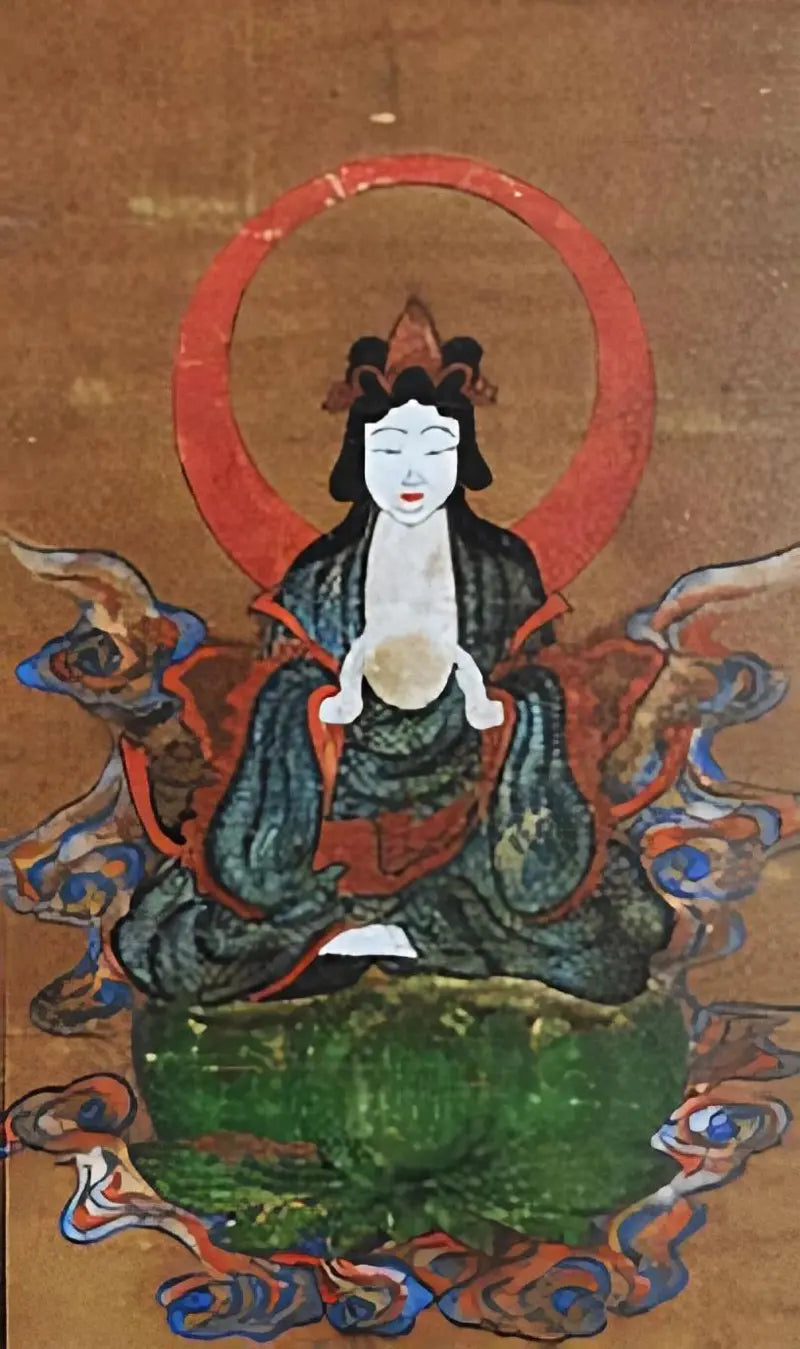Annular eclipses, those celestial events where the moon covers the center of the sun, leaving a bright ring or "annulus" visible, have fascinated humans for millennia. Across time and geography, various cultures have attributed meanings, myths, and superstitions to these breathtaking occurrences. Let's delve into how different cultures view and have historically understood annular eclipses.
1. Ancient China: Cosmic Dragons
In ancient China, eclipses, including annular ones, were often interpreted as a celestial dragon devouring the sun. This belief led to public ceremonies and rituals to ward off the dragon and rescue the sun. Loud noises, from banging pots and pans to setting off fireworks, were employed to scare the dragon away.
2. Native American Tribes: The Ring of Fire
Certain Native American tribes viewed the bright ring of an annular eclipse as a symbolic "ring of fire". For them, this ring signified a momentary equilibrium between the powers of the sun and the moon, and it was treated as a time of reflection and respect for the balance of nature.
3. Hinduism: Rahu and Ketu
Hindu mythology offers a captivating tale of the demon Rahu, who disguises himself and consumes the nectar of immortality. The Sun and Moon, recognizing his deceit, inform the god Vishnu, who beheads Rahu. But since Rahu had already consumed the nectar, his head became immortal. As revenge, Rahu (the head) and Ketu (the body) occasionally swallow the sun and the moon, causing eclipses. Annular eclipses can be seen as moments when Rahu is only partially successful.
4. Ancient Greece: Divine Omens
Eclipses in ancient Greece were considered portents or omens, often signaling impending doom or significant change. Historically, the unexpected darkening of the sun, even if just partially in the case of an annular eclipse, would create widespread panic. The annular eclipse, with its brilliant ring, was a reminder of the cyclical nature of life and the constant dance between darkness and light.
5. African Cultures: Sun-Moon Conflict
In parts of Africa, an eclipse represents a conflict between the sun and the moon. To some cultures, the annular eclipse is a manifestation of the moon temporarily gaining an upper hand, but not wholly overpowering the sun. Community members would come together, singing and dancing, to encourage reconciliation between these two celestial entities.
6. Japanese Lore: Tsukuyomi's Punishment
Japanese myths tie the sun and the moon to sibling deities, Amaterasu (the sun goddess) and Tsukuyomi (the moon god). The annular eclipse, with its radiant ring, is seen as a moment where Tsukuyomi is attempting to approach Amaterasu, yet she keeps her distance, never allowing a total eclipse.
Final Thoughts
As we journey across cultures and ages, annular eclipses emerge as potent symbols, offering windows into human attempts to understand, respect, and even influence cosmic phenomena. Today, while we have scientific explanations for these events, the myths and legends passed down through generations remain a testament to our innate desire to connect with and find meaning in the universe.
As we witness future annular eclipses, let's remember the rich tapestry of tales and beliefs that they evoke, and perhaps take a moment to reflect on our place within this vast cosmos.


